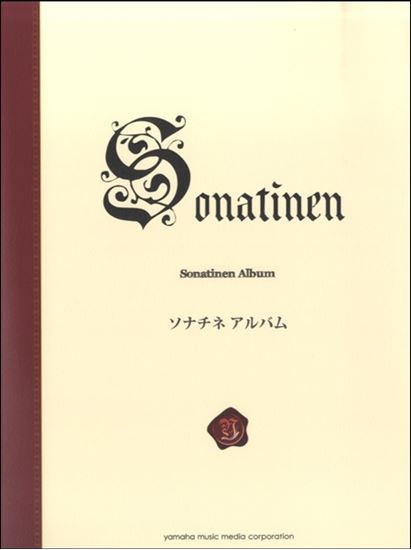Home > omnibus > Sonatine Album 1 > Six Sonatinas No.3 C-Dur
Kuhlau, Friedrich : Six Sonatinas Six Sonatinas No.3 C-Dur Op.55-3
Work Overview
First Publisher:Leipzig
Instrumentation:Piano Solo
Genre:sonatina
Total Playing Time:6 min 10 sec
Copyright:Public Domain
Original/Related Work: omnibus 《Sonatine Album 1》
Commentary (1)
Author : Otsuka, Moe
Last Updated: June 23, 2022
[Open]
Author : Otsuka, Moe
Friedrich Kuhlau (1786-1832) was a German composer and pianist. His Sonatinas for Piano, written in Copenhagen where he moved in his twenties, have become well-known works for piano students. Beyond piano, he left a particularly large number of works for flute, earning him the moniker 'Beethoven of the Flute World'.
The Sonatina No. 3 from Six Sonatinas is included as No. 6 in Sonatina Album Vol. 1, edited by Louis Köhler (1820-1886) and others. This collection primarily gathers less difficult sonatinas and piano sonatas by Classical composers as teaching material for piano performance, and within it, this work would be considered of medium difficulty.
It is a very short work consisting of two movements, both of which generally possess a light and cheerful musical character.
First Movement, C major, 4/4 time, Allegro con spirito (lively and fast)
Written in a unique sonata form, the theme, beginning with a light anacrusis, is striking.
The exposition begins with a bouncy first theme characterized by a succession of sixth intervals and interplay between upper and lower voices. Following a transition section from measure 9, the second theme appears from measure 13, featuring a swirling, dance-like right hand and an accompanying left hand, leading to the dominant key of G major.
In the development section from measure 25, the first theme undergoes successive transformations in key and register, building towards a climax.
From measure 36, the recapitulation begins, where the transition and the second theme are restated. The technique of omitting the restatement of the first theme can also be observed in Beethoven's sonatina works. Although the second theme should ideally be restated in the tonic key, it makes detours through various keys, finally restating the tonic C major at measure 46.
From measure 53, a brilliant coda, characterized by virtuosic right-hand figures in the high register, concludes the movement.
It is essential to understand the character differences between the first and second themes and to express them by varying tone color and touch. The first theme is characterized by continuous sixth intervals and dotted rhythms, but as it consistently appears dolce, it should be played with a warm expression, never heavily. From the development section, effectively utilize a long crescendo to heighten tension up to the F note in measure 32, leading to a resolution to the tonic C major.
Movements (2)
Arrangements & Related Works(1) <Show>
PTNA & Partner Channel Videos(8items)
Sheet Music
Scores List (15)

(株)音楽之友社

(株)春秋社

カワイ出版

(株)全音楽譜出版社

(株)ドレミ楽譜出版社

(株)ドレミ楽譜出版社

(株)ヤマハミュージックエンタテインメントホールディングス

(株)ドレミ楽譜出版社

(株)ドレミ楽譜出版社

(株)ドレミ楽譜出版社

(株)ドレミ楽譜出版社

(株)ヤマハミュージックエンタテインメントホールディングス

(株)全音楽譜出版社

(株)音楽之友社

(株)全音楽譜出版社







